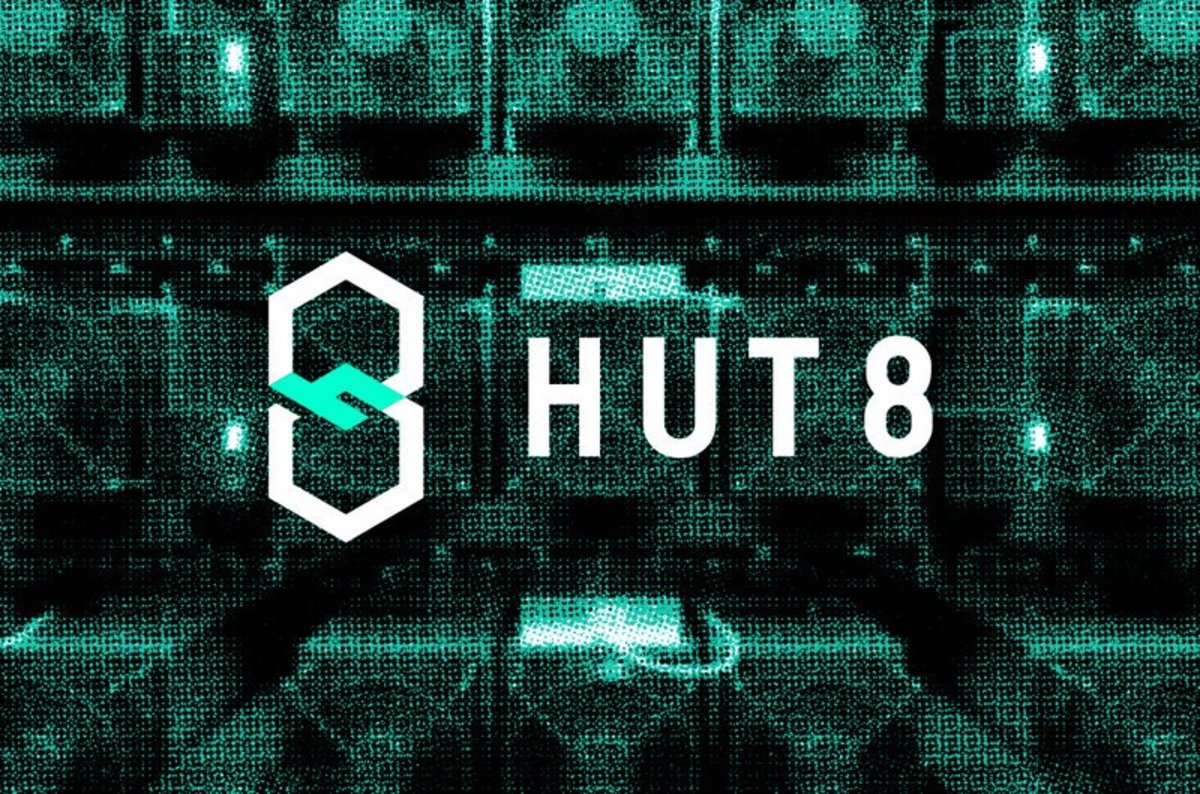Understanding DeFi: The Basics
Decentralized finance, or DeFi, refers to a system where financial transactions take place without relying on traditional banks or intermediaries. Instead, DeFi operates on blockchain technology, which is a decentralized and transparent digital ledger. Smart contracts, which are self-executing contracts with coded rules, enable transactions between parties without the need for banks.
In DeFi, services such as lending, borrowing, and trading are carried out directly between users. This is in stark contrast to traditional finance, where banks and other institutions control and oversee financial services.
Key Differences Between DeFi and Traditional Finance
Feature | Traditional Finance | Decentralized Finance (DeFi) |
Intermediaries | Banks, brokers, regulators | No intermediaries; blockchain-based |
Accessibility | Limited by location, wealth, credit | Global access; open to anyone with the internet |
Transparency | Limited, controlled by institutions | Fully transparent, recorded on blockchain |
Costs | Higher fees due to intermediaries | Lower fees due to lack of intermediaries |
Speed | Slower, with waiting periods | Fast, executed by smart contracts |
The decentralized nature of DeFi banking is disrupting the traditional financial industry in several ways. By removing intermediaries like banks, users gain more control over their assets, reduce costs, and enjoy faster transactions.
DeFi Banking: A New Frontier
DeFi banking refers to the use of decentralized finance for traditional banking services such as saving, lending, and borrowing. Here’s how DeFi is reshaping some key areas:
- Lending and Borrowing: In traditional finance, banks provide loans based on credit scores and charge interest on loans. DeFi lending platforms allow users to lend and borrow assets directly from each other. Smart contracts manage these transactions, automating repayments and collateral management.
For example, platforms like Aave and Compound allow users to earn interest on their crypto assets or borrow against them without going through a bank. This DeFi lending system is faster, more transparent, and accessible to anyone with digital assets.
- Payments and Transfers: Sending money across borders using traditional banks often involves high fees and lengthy delays. DeFi banking enables instant, low-cost transfers across the globe. Blockchain-based transactions can be processed within minutes, with minimal transaction costs.
This feature is particularly beneficial for people in developing countries who may not have access to traditional banking.
- Savings and Investments: DeFi platforms offer users interest on their crypto savings, often at higher rates than traditional savings accounts. This is made possible through DeFi lending platforms that pool users’ assets for lending purposes.
The interest rates are determined by market demand, and users can withdraw their funds anytime without penalty.
- Decentralized Exchanges (DEXs): Traditional financial exchanges require intermediaries to execute trades, which can lead to delays and higher costs. DeFi-based exchanges, or decentralized exchanges (DEXs), eliminate the need for middlemen.
They allow users to trade directly with one another, often at lower costs. DEXs also provide liquidity through automated systems, ensuring that trades can be made even with lower volumes.
How DeFi is Disrupting Traditional Finance
The disruption caused by DeFi is not just technological but also structural. The following are a few of the biggest adjustments:
- Greater Accessibility: Traditional banks often require extensive documentation, minimum balances, and credit history to provide services. In contrast, DeFi platforms are accessible to anyone with internet access.
This opens up financial services to billions of unbanked and underbanked individuals worldwide. No longer are people limited by geography or financial background when it comes to accessing banking services.
- Transparency and Trust: DeFi banking is built on blockchain technology, which records all transactions publicly. This level of transparency is unparalleled in traditional finance, where institutions control the flow of information. With DeFi, users can trust that all activities are visible and that smart contracts will enforce agreements automatically.
- Lower Costs: Traditional banking services often come with hidden fees for transferring money, maintaining accounts, or using credit cards. DeFi reduces or eliminates these costs by cutting out the middlemen. Transactions on DeFi platforms are direct and managed through code, which significantly reduces fees.
- Ownership and Control: In traditional finance, banks control your funds and can freeze accounts or block transactions. DeFi allows users to retain full ownership and control of their assets. This is a significant shift from the centralized control of traditional finance, where users rely on banks for access to their money.
DeFi Lending: A Closer Look
One of the most notable features of decentralized finance is DeFi lending. Traditional lending often requires lengthy application processes, credit checks, and reliance on banks. DeFi lending simplifies the process through smart contracts, removing the need for a centralized authority.
With platforms like Aave and Maker, users can:
- Lend crypto and earn interest.
- Borrow against collateral without needing credit checks.
- Take loans instantly through smart contracts.
Benefits of DeFi Lending:
- No credit checks: Borrowers only need to provide collateral, making loans accessible to more people.
- Lower fees: Without banks acting as intermediaries, DeFi lending typically involves lower costs.
- Automated process: Smart contracts automatically manage loan terms, repayments, and interest rates.
Risks of DeFi Lending:
- Volatility: Crypto markets are volatile, which can affect collateral value and loan stability.
- Smart contract vulnerabilities: Bugs in smart contracts can lead to potential losses, although audits are regularly conducted to improve security.
Challenges Facing DeFi Banking
Despite the benefits, DeFi banking still faces challenges that need addressing:
- Regulatory Uncertainty: The decentralized nature of DeFi makes it hard for regulators to monitor and control. Governments are still figuring out how to apply laws and ensure security while preserving the openness of DeFi.
- Security Risks: While smart contracts are an essential part of DeFi, they can be vulnerable to coding errors or malicious attacks. This makes security a primary concern for users.
- Volatility: Many DeFi platforms use cryptocurrencies as collateral, and their value can be highly volatile. This volatility can result in rapid changes in asset values, increasing the risks for users.
- Complexity: While DeFi aims to simplify access to financial services, the platforms can be technically complex for newcomers. This can create a barrier for widespread adoption.
The Future of DeFi Banking
DeFi is still in its early stages, but its potential to disrupt traditional finance is clear. As decentralized finance grows, we can expect more innovations in how people lend, borrow, save, and invest.
The future may see a hybrid model where traditional banks incorporate DeFi features to enhance their offerings.
In the coming years, the DeFi ecosystem is likely to see:
- More regulatory frameworks: As DeFi grows, regulators will look for ways to integrate it within legal systems.
- Better security: Ongoing development will aim to improve the safety of smart contracts and user funds.
- Increased adoption: More people, businesses, and even governments may start using DeFi solutions as they become more user-friendly and trusted.
Decentralized finance is redefining how we think about banking and financial services. By leveraging blockchain technology, DeFi banking offers more accessible, transparent, and cost-effective alternatives to traditional finance.
As the DeFi ecosystem continues to evolve, it promises to bring about a future where financial services are more inclusive and efficient for everyone.
While challenges remain, the potential for DeFi to transform global finance is undeniable. Whether it’s through lending, borrowing, or trading, decentralized finance is creating new opportunities and reshaping the world of banking as we know it.

















 English (US) ·
English (US) ·